

Articles
How To Move A Refrigerator In A Truck
Modified: October 30, 2024
Looking for articles on how to safely move a refrigerator in a truck? Find expert tips and step-by-step guides to make the process hassle-free.
(Many of the links in this article redirect to a specific reviewed product. Your purchase of these products through affiliate links helps to generate commission for Storables.com, at no extra cost. Learn more)
Introduction: Importance of Safely Moving a Refrigerator
Moving a refrigerator can be a challenging task, but it is essential to do it safely to avoid any damage to the appliance as well as ensure the safety of yourself and others involved in the move. Refrigerators are heavy, bulky, and delicate appliances that require careful handling and transportation. Improper moving techniques can result in scratches, dents, broken parts, or even complete malfunctioning of the refrigerator.
The process of moving a refrigerator involves several steps, from preparing the appliance for transport to securing it properly in a truck. By following the correct procedure, you can ensure that your refrigerator reaches its destination intact and ready for immediate use. This article will guide you through the process of moving a refrigerator in a truck, providing useful tips and recommendations along the way.
Key Takeaways:
- Safely moving a refrigerator in a truck requires careful preparation, proper lifting techniques, and securing the appliance to prevent damage during transit. Prioritize caution and follow manufacturer’s guidelines for a successful move.
- Emptying, disconnecting, and securing the refrigerator are crucial steps in ensuring a smooth and damage-free move. Utilize moving straps, proper lifting techniques, and padding to protect the appliance during transportation.
Read more: How To Move Samsung Refrigerator
Preparing for the Move
Before moving your refrigerator in a truck, it is important to make several preparations to ensure a smooth and secure journey. These preparations include gathering the necessary tools and equipment, measuring the refrigerator and truck space, and cleaning and defrosting the refrigerator.
Gathering the Necessary Tools and Equipment
To safely move a refrigerator, you will need a few essential tools and equipment. These include:
- Furniture dolly or appliance dolly: This will help you move the refrigerator with ease and reduce the risk of injury.
- Moving straps or ropes: These will assist in securing the refrigerator in the truck to prevent it from shifting during transit.
- Tape measure: You will need this to measure the dimensions of your refrigerator and the available space in the truck.
- Protective padding and blankets: These will help protect the refrigerator from scratches and damage during transit.
- Basic hand tools: You may need screwdrivers or wrenches to disconnect the refrigerator and secure any loose parts.
Measuring the Refrigerator and the Truck Space
Before attempting to move your refrigerator, you need to assess whether it will fit into the truck. Measure the height, width, and depth of your refrigerator, including any protruding parts such as handles or doors. Compare these measurements with the available space in the truck to ensure a proper fit.
Measure the height, width, and depth of the truck’s entrance as well to ensure that you can maneuver the refrigerator through the opening without any issues.
Cleaning and Defrosting the Refrigerator
Before moving the refrigerator, it is crucial to clean and defrost it thoroughly. Remove all food items and perishables, and either consume or discard them. Unplug the refrigerator and leave the doors open for a few hours to allow the ice to melt if any.
Clean the interior and exterior of the refrigerator using mild detergent or vinegar and water solution. Dry it thoroughly to prevent any moisture buildup during transportation.
These preparatory steps will ensure that your refrigerator is in optimal condition for the move and reduce the risk of any damages occurring during transit.
Read more: How To Move Refrigerator To Clean Behind
Emptying the Refrigerator
Once you have prepared your refrigerator for the move by gathering the necessary tools and equipment, measuring the refrigerator and the truck space, and cleaning and defrosting it, the next step is to empty the refrigerator. This involves removing all food items and perishables and safely storing and transporting them.
Removing all Food Items and Perishables
Start by taking out all the food items from the refrigerator. Check each item carefully for expiration dates and discard any items that are past their prime or are no longer safe to consume. If you have any perishable items, such as fruits, vegetables, or dairy products, consider using them or donating them to minimize food waste.
It is essential to remove all loose items such as jars, bottles, or containers from the refrigerator shelves and doors. Securely pack items like condiments, sauces, or dressings, ensuring they are properly sealed to prevent any leaks during transit.
Safely Storing and Transporting Food
If you need to transport food items to your new location, make sure to pack them properly to maintain their freshness and avoid any spills. Here are some tips for safely storing and transporting food during the move:
- Use insulated coolers or cooler bags to keep perishable items at the appropriate temperature during transit.
- Place freezer packs or ice packs along with the perishable items to help maintain a cold temperature.
- Avoid placing delicate or fragile items above heavy items to prevent damage during transportation.
- If you are traveling long distances, consider packing food items separately from the refrigerator to avoid opening it frequently, which can result in a loss of cool air.
- If you are moving locally, you may be able to transport food items in your own vehicle separately from the refrigerator.
Properly Disposing of Perishables
If you are unable to consume or transport perishable items and don’t want them to go to waste, consider donating them to local food banks or charitable organizations. Check with your local community to find out where you can donate food items.
By emptying the refrigerator and properly storing and transporting food, you can ensure that your food remains safe and fresh during the move while preventing any spills or contamination in the refrigerator.
Disconnecting and Securing the Refrigerator
After emptying the refrigerator and preparing the food items for transport, the next step in moving your refrigerator is to disconnect and secure it properly. This involves switching off and unplugging the refrigerator, securing loose parts and shelves, and safely taping the refrigerator doors.
Switching off and Unplugging the Refrigerator
Before disconnecting the refrigerator, make sure to switch it off and unplug it from the electrical outlet. This will help prevent any electrical accidents or damage during the move. Locate the power cord at the back of the refrigerator and carefully unplug it.
If the refrigerator has an ice maker or a water dispenser, make sure to disconnect the water supply as well. This may require shutting off the water valve and disconnecting the water line. Refer to the refrigerator’s manual for specific instructions on how to disconnect the water supply properly.
Securing Loose Parts and Shelves
To prevent any damage to the refrigerator during the move, it is important to secure any loose parts and shelves. Begin by removing any removable parts, like shelves, drawers, and door racks. Wrap them in bubble wrap or towels and pack them separately to ensure their safety.
If there are any loose parts inside the refrigerator, such as vegetable crispers or door bins, secure them with tape or rope to prevent them from moving around during transit. This will help avoid any damage to the refrigerator’s interior or the components inside.
Safely Taping the Refrigerator Doors
To ensure the refrigerator doors remain closed and secure during transportation, use strong tape or rope to wrap around the doors. This can help prevent them from accidentally opening and causing damage to the refrigerator or other items in the truck.
It’s important to use tape that is safe for the surface of the refrigerator and won’t leave any residue or damage the finish. Avoid using duct tape or masking tape, as they can leave sticky residue behind.
Start by taping the top and bottom edges of the doors, and then wrap the tape around the entire refrigerator, securing the doors tightly. This will provide an extra layer of protection and help keep the doors closed during the move.
By properly disconnecting and securing the refrigerator, you can minimize the risk of any damage during the move and ensure that it arrives safely at its new location.
Read more: How Long Is A Truck Bed
Moving the Refrigerator
Once you have disconnected and secured your refrigerator, it’s time to move it into the truck. This step requires careful handling and the use of proper lifting techniques, moving straps or a dolly, and sliding the refrigerator into the truck.
Utilizing Proper Lifting Techniques
When lifting the refrigerator, it’s important to use proper lifting techniques to prevent injuries and strain on your back. Here are some tips to follow:
- Bend your knees and keep your back straight while lifting. Avoid bending at the waist.
- Grip the refrigerator from the bottom, using a firm hold.
- Use your legs to generate the lifting force, rather than relying on your back.
- Take small, controlled steps while carrying the refrigerator, keeping your back straight.
- If the refrigerator is too heavy or bulky to lift safely, consider enlisting the help of a friend or using a moving dolly.
Using Moving Straps or a Dolly
To make the moving process easier and reduce the strain on your body, consider using moving straps or a dolly. Moving straps are adjustable straps that help distribute the weight evenly and provide better control while lifting the refrigerator.
A dolly is a wheeled device that allows you to transport heavy items, such as a refrigerator, with less effort. When using a dolly, secure the refrigerator to the dolly using straps or ropes to prevent it from shifting or falling during transportation.
Sliding the Refrigerator into the Truck
Ensure that the truck’s loading area is clear and free from any obstacles. If the refrigerator is too heavy to lift directly into the truck, slide it onto a sturdy board or ramp to make the process smoother.
With the help of a friend or using the moving straps or dolly, carefully guide the refrigerator into the truck, making sure it stays upright. Avoid tilting the refrigerator at an angle, as it can cause damage to its components or coolant system.
Take your time to slide the refrigerator gently into the truck, ensuring that it is in a stable and secure position. Avoid placing heavy items on top of the refrigerator, as it can cause damage or create instability during transit.
By utilizing proper lifting techniques, using moving straps or a dolly, and sliding the refrigerator into the truck carefully, you can ensure a smoother and safer moving experience for both you and the appliance.
Read more: How To Declutter For A Move
Securing the Refrigerator in the Truck
Once you have successfully moved the refrigerator into the truck, the next crucial step is to secure it properly. This process involves positioning the refrigerator in an upright position, securing it with straps or bungee cords, and padding and protecting it during transit.
Positioning the Refrigerator in an Upright Position
It is essential to keep the refrigerator in an upright position during transportation. This ensures that the coolant inside the appliance flows correctly and avoids any potential damage. Make sure the refrigerator is placed on a flat and stable surface in the truck, away from any edges or walls that could cause it to shift during transit.
If you have multiple items to transport, try to position the refrigerator in such a way that it is wedged securely between other heavy and stable items. This will help provide additional support and minimize movement during transport.
Securing the Refrigerator with Straps or Bungee Cords
To prevent the refrigerator from shifting or toppling over during transit, use sturdy straps or bungee cords to secure it to the truck’s interior. The straps or cords should be tightly fastened around the refrigerator, ensuring that it remains in place throughout the journey.
Attach the straps or cords to secure anchor points in the truck, such as the D-rings or tie-down loops. Crisscross the straps over the front and back of the refrigerator to provide a firm hold. Tighten the straps until the refrigerator is held securely, but be careful not to over-tighten and damage the appliance.
Consider using padding or pieces of cardboard between the straps and the refrigerator’s surface to prevent any marks or scratches. Always double-check the tightness of the straps before starting the journey.
Padding and Protecting the Refrigerator During Transit
To further protect your refrigerator from potential damage during transit, use blankets, bubble wrap, or foam padding to cover the surfaces. Wrap these materials around the refrigerator to create a protective layer and secure them in place with tape or ropes.
Pay special attention to the corners, edges, and delicate parts of the refrigerator. Use extra padding or cushioning materials to provide added protection in these vulnerable areas. This will help absorb shocks and vibrations during transit, reducing the risk of any damages occurring.
By positioning the refrigerator upright, securing it with straps or bungee cords, and padding and protecting it during transit, you can ensure a safe and damage-free journey for your appliance. Properly securing the refrigerator in the truck will give you peace of mind and help maintain the integrity of the appliance during transportation.
Read more: How To Move A Freezer
Unloading and Reinstalling the Refrigerator
Once you have reached your destination and it’s time to unload the refrigerator from the truck, there are a few important steps to follow. These include carefully unloading the refrigerator, reconnecting it, allowing it to stabilize, and checking for any damages before use.
Carefully Unloading the Refrigerator from the Truck
When unloading the refrigerator from the truck, ensure that the path is clear of any obstacles or hazards. If possible, have another person assist you in safely lowering the refrigerator from the truck.
Make sure to maintain an upright position while unloading the refrigerator, as tilting it at an angle can cause damage to the appliance. Use proper lifting techniques, similar to those used during the initial move, to avoid any strain on your back.
Reconnecting the Refrigerator and Allowing it to Stabilize
Once the refrigerator is unloaded, it’s time to reconnect it. This includes plugging it back into the electrical outlet and reconnecting the water supply if applicable.
It’s essential to allow the refrigerator to stabilize for a few hours before using it. This allows the coolant inside the appliance to settle correctly and ensures optimal performance.
Refer to the refrigerator’s manual for specific instructions on how to reconnect it properly and the recommended time for stabilization before use.
Checking for Any Damages before Use
Before you start using the refrigerator again, it’s important to inspect it for any damages that may have occurred during the move. Look for any scratches, dents, or broken parts that may need attention.
Check the interior of the refrigerator as well to ensure that the shelves, drawers, and compartments are intact and functioning properly. If you notice any damages or malfunctions, contact a professional appliance repair service for assistance.
Run a quick test on the refrigerator to ensure that it is cooling correctly. Monitor the temperature settings and listen for any unusual noises. If you notice any abnormalities, consult the manufacturer’s guidelines or contact a technician to address the issue.
By carefully unloading the refrigerator, reconnecting it, allowing it to stabilize, and checking for any damages before use, you can ensure that your appliance is ready for normal operation in its new location. Taking these precautionary steps will help maintain the longevity and functionality of the refrigerator.
Read more: How To Measure A Truck Bed
Conclusion
Moving a refrigerator in a truck requires careful planning, preparation, and execution to ensure a successful and damage-free move. Let’s recap the essential steps involved in moving a refrigerator and emphasize the importance of caution and safety measures throughout the process.
1. Preparing for the Move: Gather the necessary tools and equipment, measure the refrigerator and truck space, and clean and defrost the refrigerator to ensure it is ready for transport.
2. Emptying the Refrigerator: Remove all food items and perishables from the refrigerator and safely store or transport them. Properly dispose of perishable items if necessary.
3. Disconnecting and Securing the Refrigerator: Switch off and unplug the refrigerator, secure loose parts and shelves, and safely tape the refrigerator doors to prevent any damage during transport.
4. Moving the Refrigerator: Utilize proper lifting techniques, use moving straps or a dolly for easier transport, and slide the refrigerator gently into the truck.
5. Securing the Refrigerator in the Truck: Position the refrigerator upright, secure it with straps or bungee cords, and pad and protect it to prevent any damages during transit.
6. Unloading and Reinstalling the Refrigerator: Carefully unload the refrigerator from the truck, reconnect it to the electrical outlet and water supply if applicable, allow it to stabilize, and check for any damages before use.
Throughout the entire process, it’s crucial to prioritize caution and safety. Utilize proper lifting techniques to prevent injuries, use moving straps or a dolly to avoid excessive strain on your body, and secure the refrigerator tightly to prevent shifting during transportation. Always follow the manufacturer’s guidelines and recommendations to ensure the safe handling of the appliance.
By taking these precautionary steps and handling the move with care, you can minimize the risk of damage to the refrigerator and ensure its safe arrival at the new location. Remember to allow the refrigerator to stabilize before use and check for any damages before connecting it to power.
Moving a refrigerator in a truck may be a challenging task, but with the right approach and attention to detail, you can navigate it successfully and enjoy the benefits of your refrigerator in its new home.
Frequently Asked Questions about How To Move A Refrigerator In A Truck
Was this page helpful?
At Storables.com, we guarantee accurate and reliable information. Our content, validated by Expert Board Contributors, is crafted following stringent Editorial Policies. We're committed to providing you with well-researched, expert-backed insights for all your informational needs.

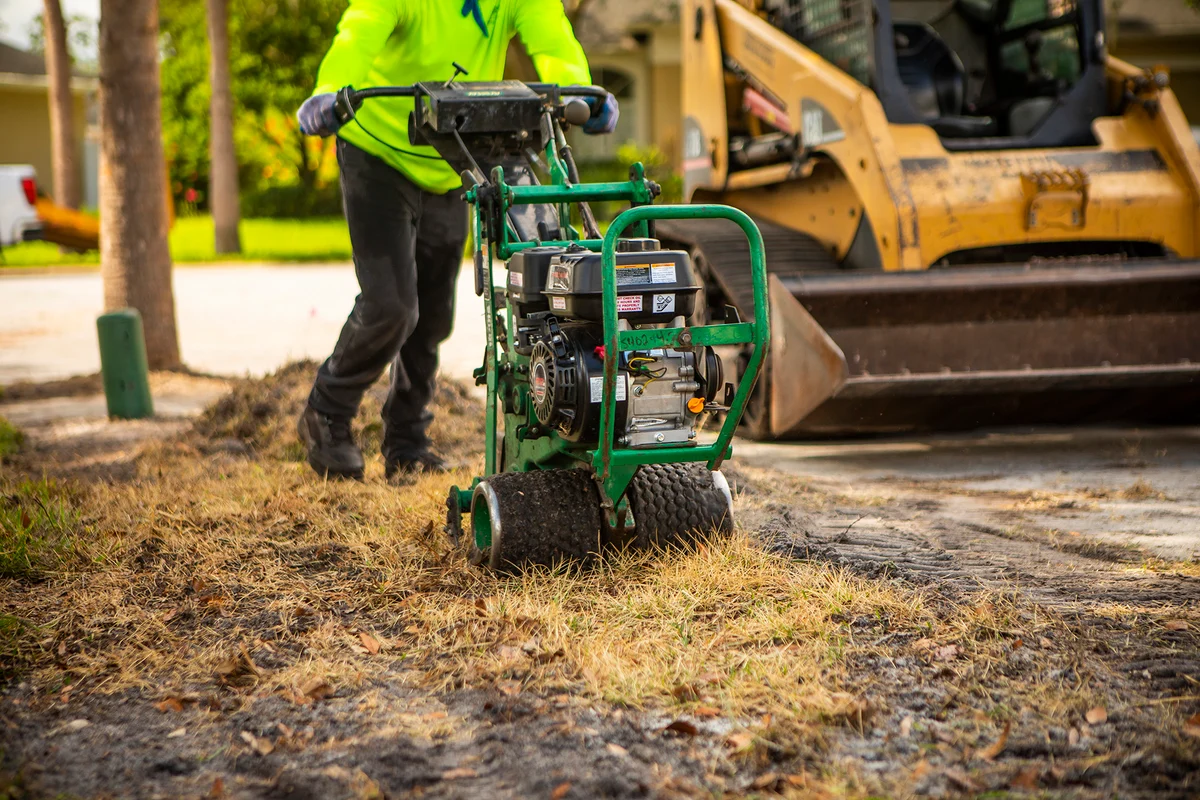

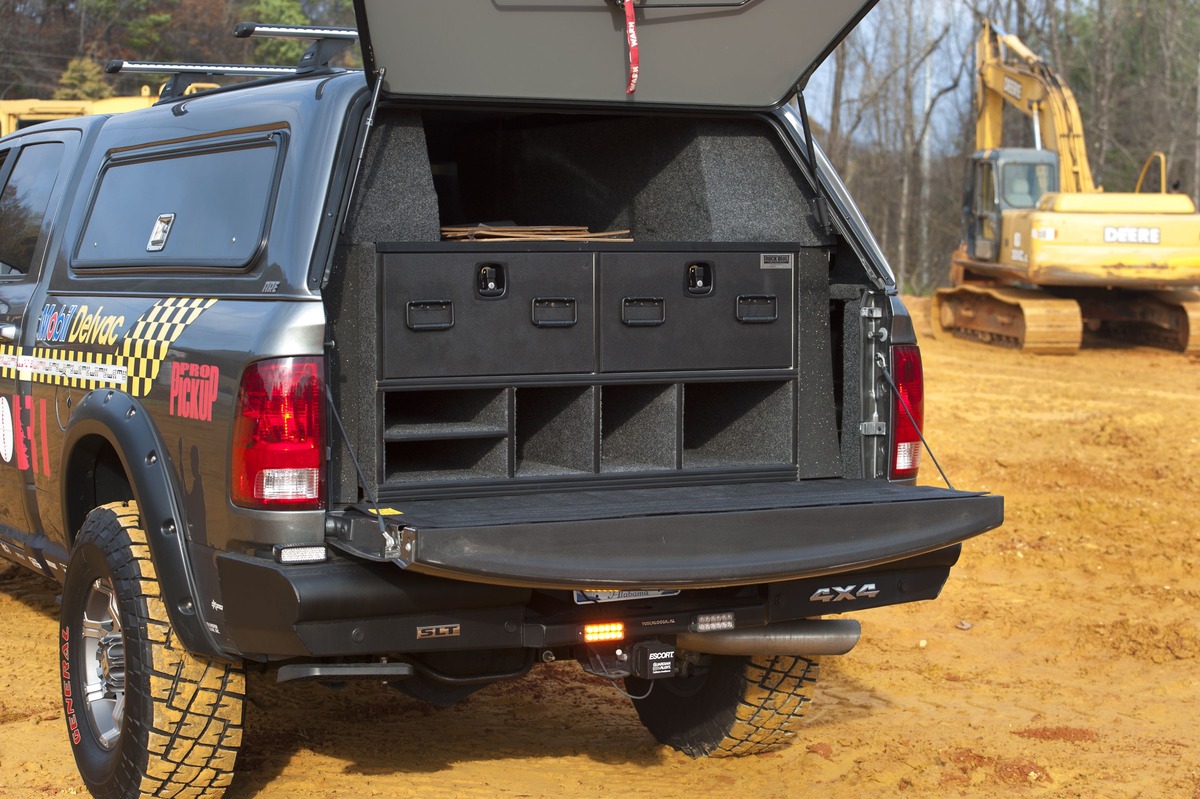
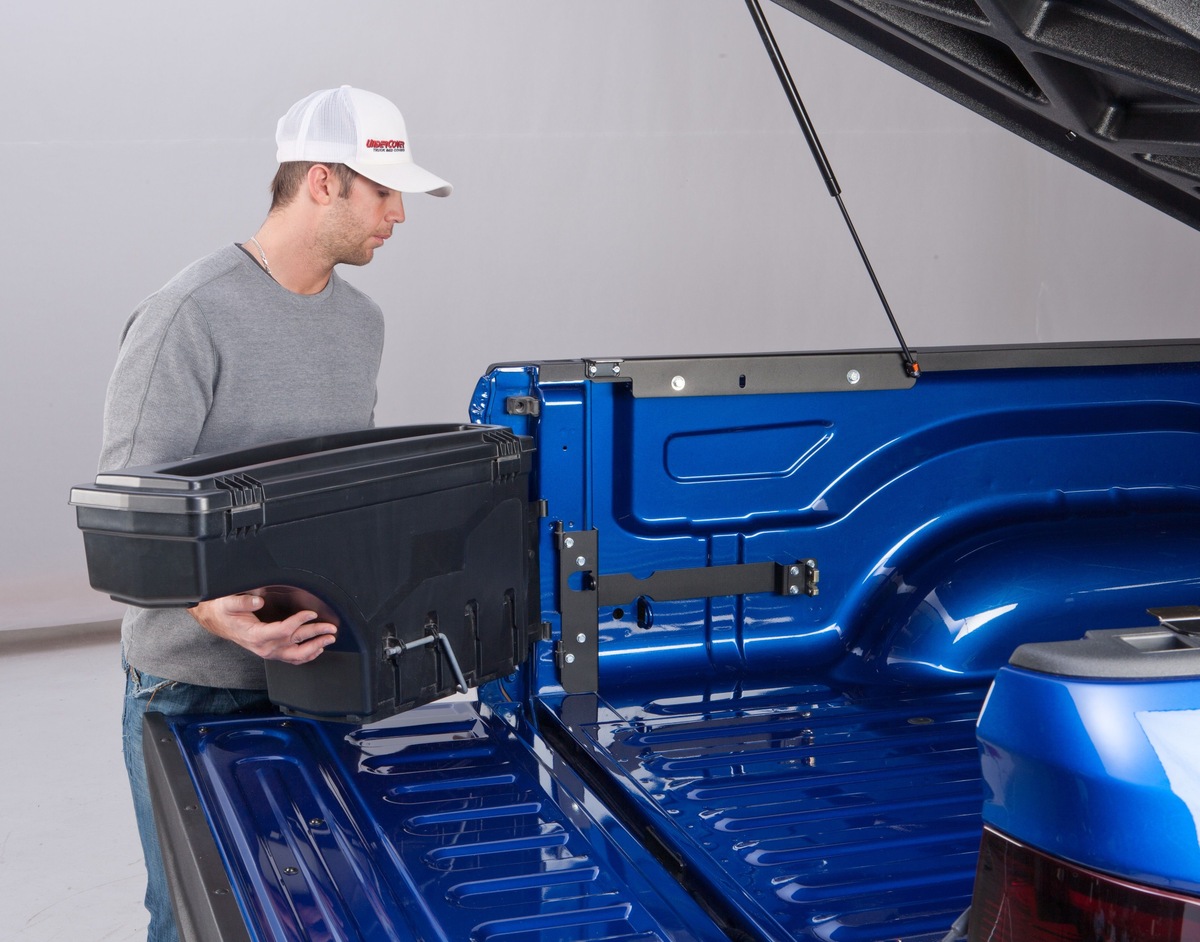
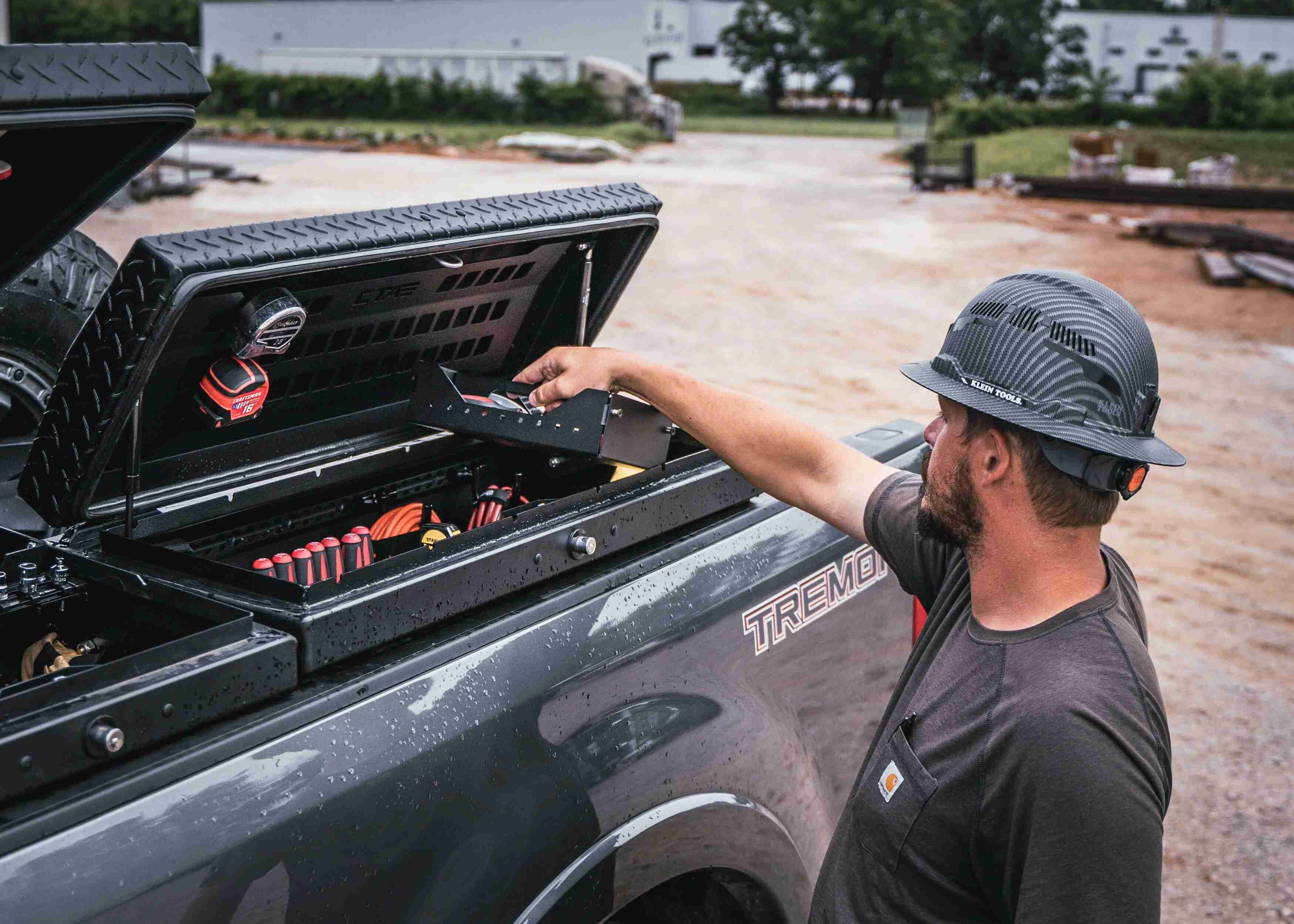
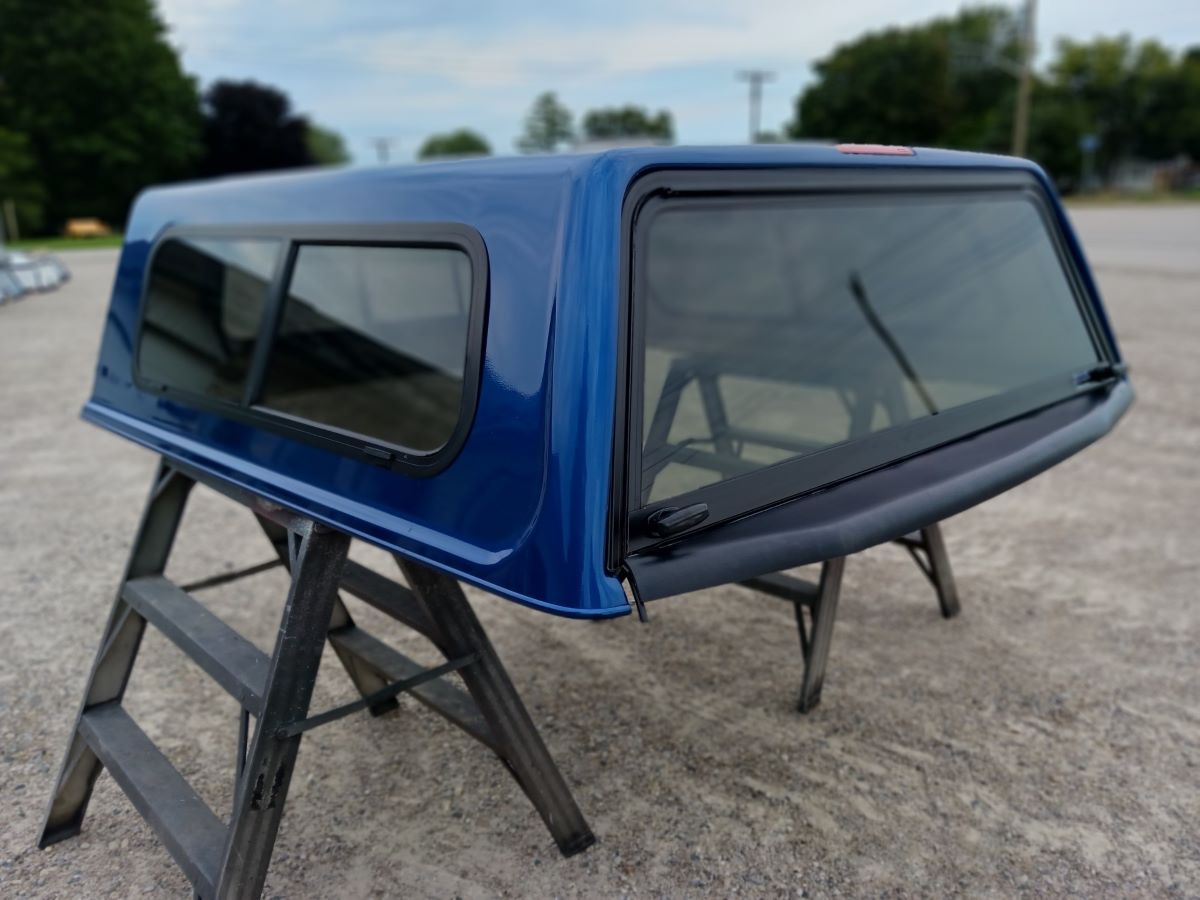

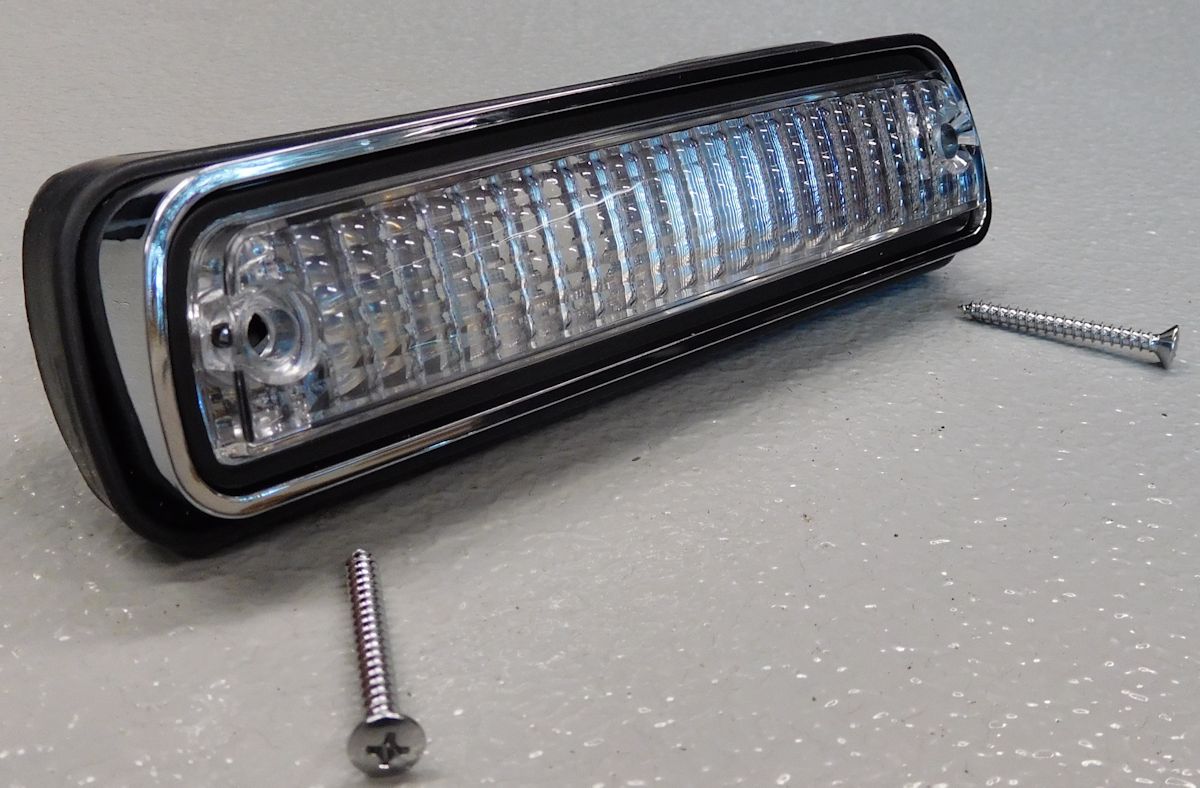

0 thoughts on “How To Move A Refrigerator In A Truck”